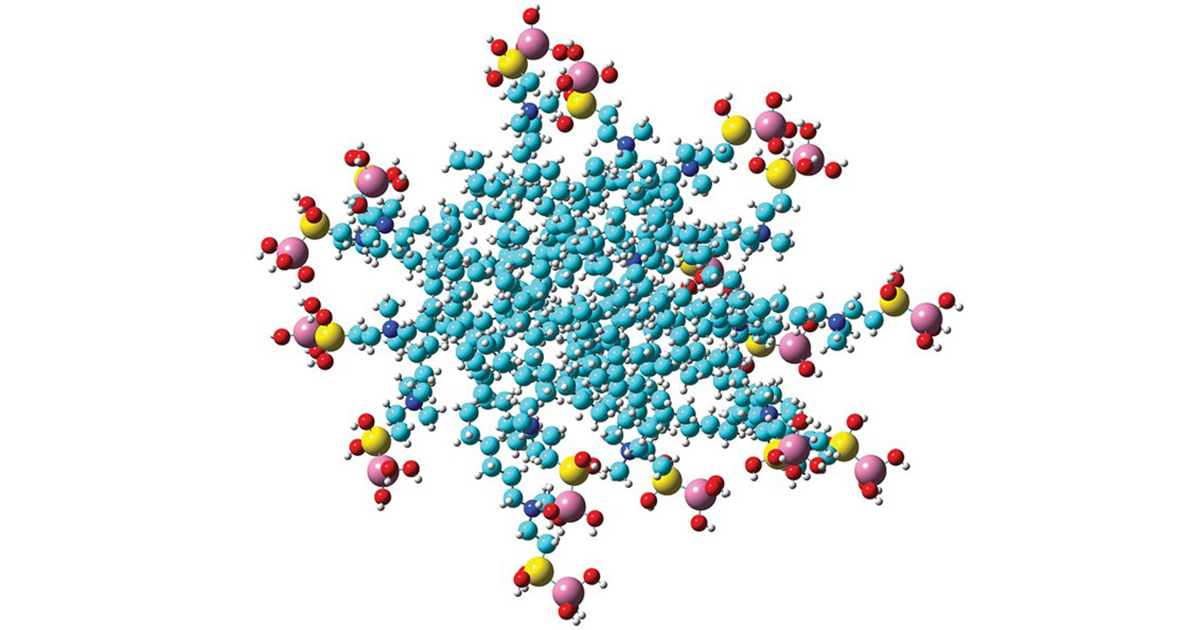The body structure of the majestic sea anemone not only makes it an effective marine predator and homestead for other species such as the clownfish, but it also acts as a template for an effective way of cleaning water sources, according to new research published in Nature Nanotechnology by scientists at Yale University, USA and Peking University, China.
Clean drinking water is something that most ‘westernized’ countries take for granted. But according to predictions, nearly two-thirds of the planet will struggle to access clean drinking water by 2050. This shocking statistic can be attributed to the many contaminants released by the ever-growing industrial and agricultural sectors. Therefore, constructing new technologies that help ensure water security for the future is a must.
The research team wanted to provide an alternative to the current approach which involves conventional coagulants, substances that remove larger particles from the water by causing them to group together into larger formations and settle. Instead, they devised a new nanocoagulant using the Actinia sea anemone as a design template. The body of Actinia consists of a cylindrical body that has tentacles attached to it which can retract and extend when catching prey. Inspired by this, Yale's Menachem Elimelech and Huazhang Zhao of Peking University created their nanocoagulant with a core shell structure that can turn inside out in water. The shell destabilizes and meshes together large particles whereas the exposed core captures small particles, something which previous methods were unable to do very well.
They found that the synergistic effect of the core and shell components allow the nanocoagulant to remove simultaneously a wide variety of contaminants with a greater than 90 percent efficiency. “The ability to remove nitrate was quite surprising, as traditional water coagulants exhibit negligible removal of nitrate," said Elimelech, the Roberto C. Goizueta Professor of Chemical & Environmental Engineering at Yale.
"It also opens doors for fabricating 'smart' materials that can transform configuration and function in response to its environment".
Clean drinking water should be accessible to all and this novel new research has opened the door for the cost-effective and land-efficient production of new coagulates that will drastically increase the efficiency of the water treatment process.
By Ellis Moloney
Liu, J., Cheng, S., Cao, N., Geng, C., He, C., & Shi, Q. et al. (2018). Actinia-like multifunctional nanocoagulant for single-step removal of water contaminants. Nature Nanotechnology. doi: 10.1038/s41565-018-0307-8
The paper authors are grateful for financial support from the Major Program of the National Natural Science Foundation of China (grant no. 91434132), the Fund for Innovative Research Group of NSFC (grant no. 51721006) and the US National Science Foundation Graduate Research Fellowship awarded to R.M.D.



